Tips for A Healthy Home
A healthy home is clean, comfortable and has good air qualtiy. While that may seem obvious many of the things can can affect the health of our homes are not.
You probably spend as much or more time at home than in any other place, so it’s important–for you and your family–to make sure it’s as healthy an environment as possible.
No matter how healthy your home is now these ten tips can help improve it.
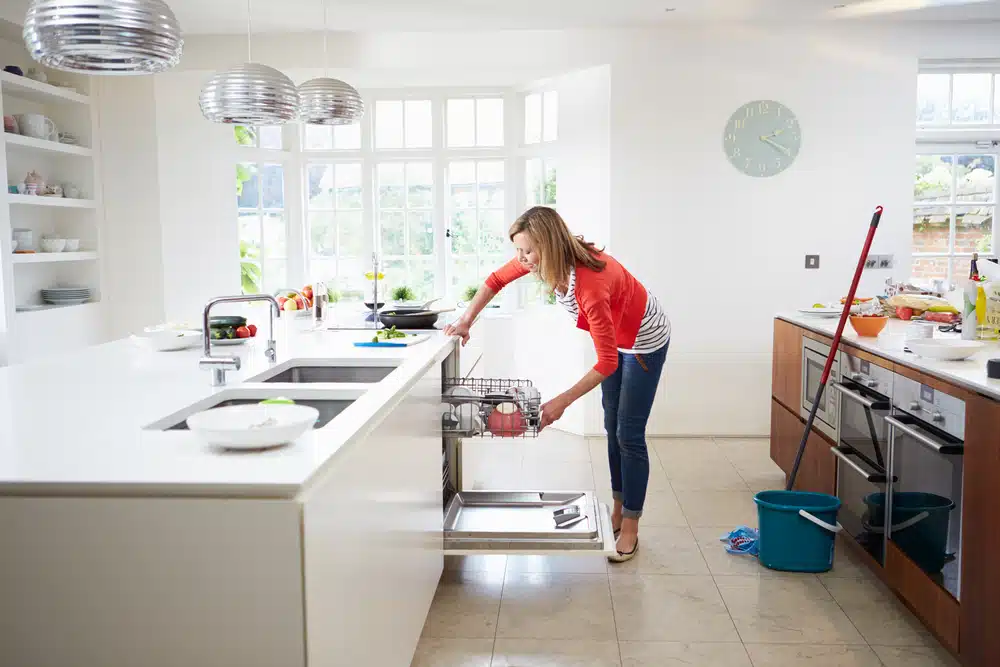
Change Air Filters for a Healthy Home
This is probably something you know in the back of your mind you should be doing, but you don’t always get to it. We understand! Air filters aren’t something we always think about.
You HVAC system is critical to for a healthy home and the air filter on important component. They’re designed to trap dust, allergens, and other airborne particles so they don’t float around inside your home.
But when they get clogged, they can’t effectively work anymore. Regularly changing air filters helps maintain a clean and healthy indoor environment by reducing the presence of pollutants.
You can find your air filters in your HVAC system, air purifiers, or even individual room vents. As a general rule, you’ll want to change out or clean your air filters every one to three months. But it will depend on the type of filter, how many people live in your home, and the air quality in your home.
Pro Tip: If you set up automatic delivery of a new filter every one to three months, you’ll never forget to change out your filter again. Just stick the new one in when it arrives!
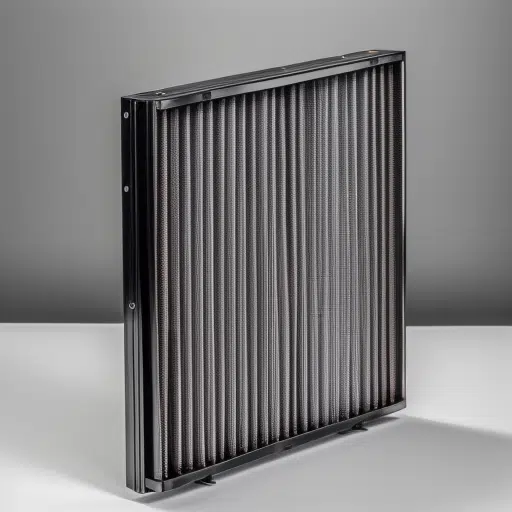
Replace your air conditioning filters every month
Install and Check Your Smoke Alarms and CO2 Monitors
According to the National Fire Protection Association, 41% of house fires that resulted in fatalities were in homes without smoke alarms at all, or in homes that had smoke alarms that were defective. If you don’t have smoke alarms, you need to get them installed right away. You should have one in every sleeping room, one outside each sleeping area, and one on each level of your home. They should be interconnected, so if one goes off, they all go off.
CO2 monitors are often plugged into outlets or installed in the ceiling. These alarms are designed to detect carbon monoxide, alerting you to the presence of this invisible and odorless gas before the situation becomes dangerous. CO2 alarms should be installed near each sleeping area.
Make sure you regularly check the batteries on both types of devices. Test them every month, and heed the manufacturer’s guidelines for the lifespan of the alarms, replacing them accordingly. They usually need replacing every five to ten years.
Pro Tip: Check batteries on the first day of the month. Replace batteries (whether they need it or not) every time you set your clocks ahead or back for daylight savings.
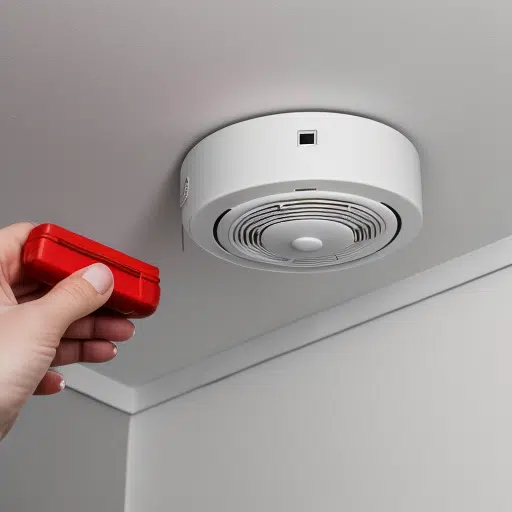
You should have a smoke detector in every bedroom
and a Combo smoke/CO2 detector in every hallway
Keep Your Pantry and Fridge Clean
Your kitchen is the hardworking heart of your home and deserves some special attention when it comes to making your home healthy and safe. Because the kitchen is always dealing with food, it’s important to keep it clean and organized.
Regularly clean out and organize your pantry to catch any expired items and reduce food waste. This will also help you easily locate ingredients and know what you have and what you need when you grocery shop.
Keep your fridge clean as well, to prevent the growth of bacteria and foodborne illnesses. Make sure you do a deep clean from time to time to catch any contaminants that might come from normal kitchen use.
Pro Tip: Consider using refrigerator deodorizers or baking soda in the fridge to control odors.
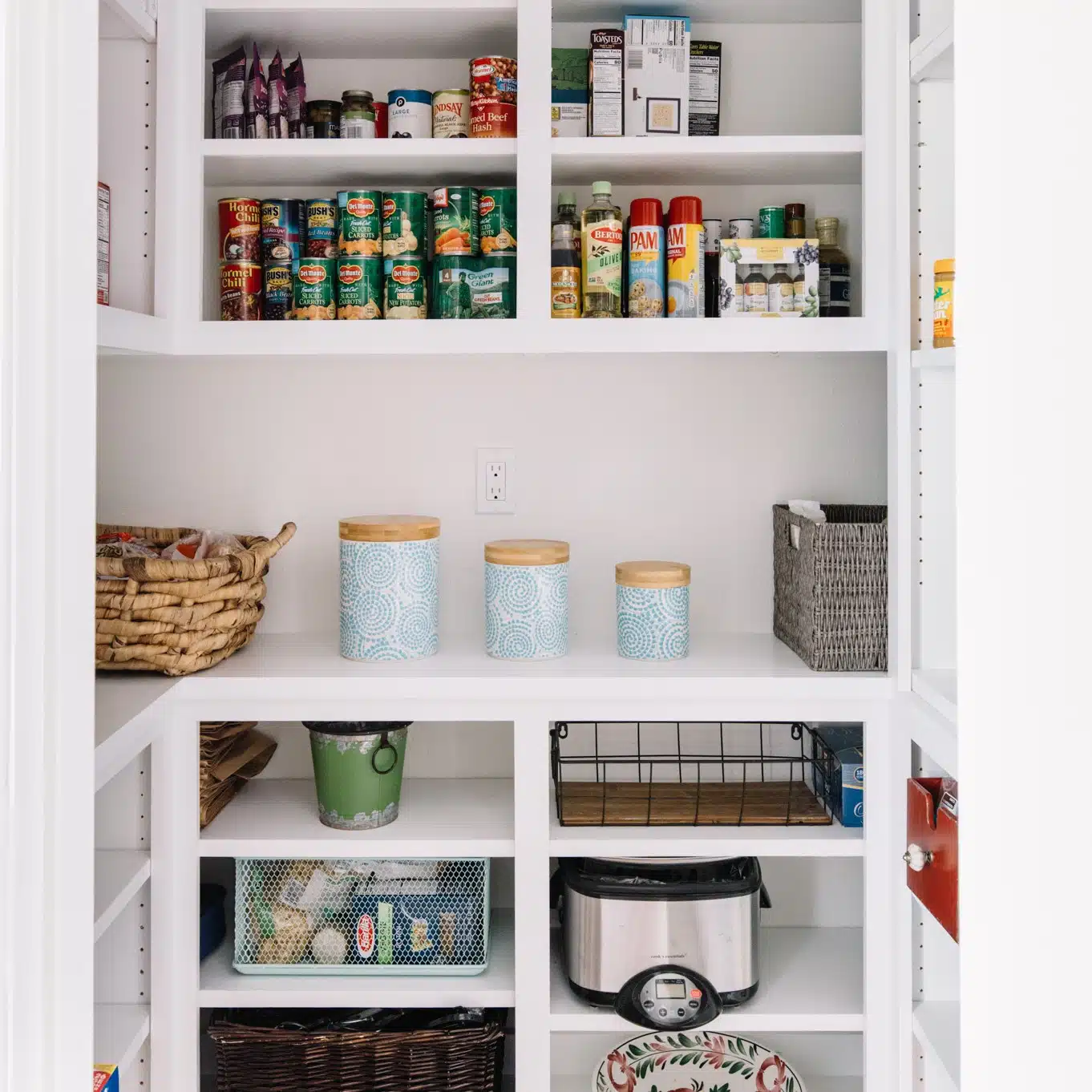
Create a monthy routine for keeping your fridge and pantry clean
Use Your Bath Fan and Range Hood Correctly
Your kitchen and bath exhaust fans are two of the most important devices for air quality in a healthy home. These systems are designed to remove excess humidity, odors, and pollutants, ensuring a healthier and more comfortable living environment.
But they have to be sized properly and used correctly or they don’t do much good.
Bath Fans
To use your bath fan effectively, turn it on before and during showers or baths to extract moisture from the air. The fan needs to continue running for 10-15 minutes after you’re done showering as well.
This helps prevent the growth of mold and mildew, which can lead to respiratory issues and damage to your bathroom.
Small baths will need a 60-80 CFM fan and larger baths might need up to a 200 CFM. All bath fans should be vented through the roof to the outside.
Kitchen Hoods
When it comes to your range hood, turn it on while cooking to capture and remove smoke, steam, and cooking odors. Keep the range hood running for a few minutes after you’re done cooking to eliminate any residual odors or smoke.
A range hood with 300 to 600 CFM will suffice for most kitchen as long as they are installed correctly. Larger fans may require the installation of a make up air system of ERV (see below).
Noise ratings
If you’re anything like us, you can find a noisy bath fan and range hood annoying to use. Save yourself the headache by installing fans with low Sones ratings. The lower the number, the quieter the fan.
Pro Tip: Remember to clean the filters regularly to maintain the efficiency of both your bath fan and range hood.

Create a monthy routine for keeping your fridge and pantry clean
Control the Humidity Levels for a Healthy Home
The EPA says the humidy level in your home should be between 30% and 50%. That can be a challenge in the summer in Tallahassee but you should aim to keep the levels below 60% at least.
High humidity levels are not just uncomfortable, they can promote the growth of mold, mildew, and dust mites, which can trigger allergies and respiratory issues.
Excess moisture can wreak havoc on your wood furniture, walls, and flooring, leading too. On the flip side, low humidity can leave you feeling uncomfortable, with a dry respiratory system and irritated skin and eyes.
If the humidity in your home is too high, which is often the case in Tallahassee homes, you can lower it by using dehumidifiers and air conditioners. If it’s too low, use a humidifier to add moisture back into the air. Make sure all these appliances are clean so that they aren’t contributing to air pollution.
Pro Tip: A few charcoal briquettes will help pull moisture out of the air. Simply place them in a bowl or basket and replace them every few months.
Use Air Purifiers for a Healthy Home
Using HEPA (High-Efficiency Particulate Air) filters and air purifiers can help clean up your indoor air quality by removing airborne particles, allergens, and pollutants. They’re designed to capture tiny particles as small as 0.3 microns, including dust, pet dander, pollen, and certain bacteria that might get missed by other filters. They can especially be helpful if you or a family member has respiratory issues or allergies.
To use HEPA filters effectively, consider installing them in your HVAC system or using standalone air purifiers equipped with HEPA filters. They’re particularly helpful in bedrooms where they clean the air while you sleep.
Pro Tip: HEPA filters can cause the air to become very dry in your home. This is a good thing if you’re battling humidity, but if the air becomes too dry, consider adding some houseplants to your space! See below.
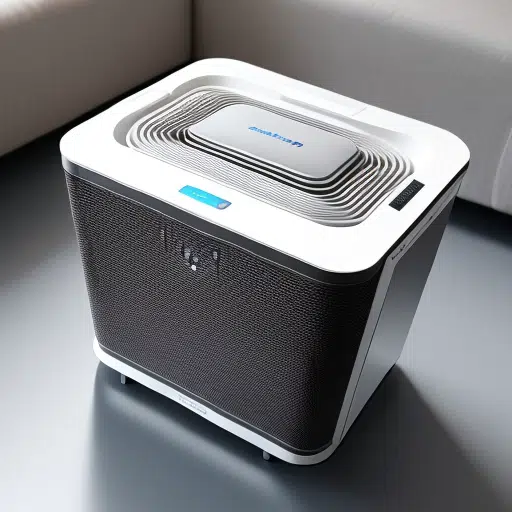
Create a monthy routine for keeping your fridge and pantry clean
Grow Some Plants
Not only are indoor plants pretty, adding life and texture to your space, but they also do wonders for a healthy home and air quality. Many plants act as natural air purifiers by removing toxins and releasing oxygen. They also help balance the humidity in your home.
Some plants known for their health benefits include:
- Snake Plants
- Peace Lilies
- Spider Plants
- Aloe Vera
- Bosten Ferns
Plants can also boost your mood, according to recent studies. People who spend five to ten minutes in a room with plants report feeling happier and more peaceful than people who spend the same amount of time in a room without plants.
Pro Tip: If you have pets, always double-check to make sure your new plants don’t pose a risk to your furry friends.
Replace Torn Weatherstripping
Weatherstripping is strips of materials that adhere to doors and windows, making a seal that keeps the inside air in and the outside air out. Don’t let torn or damaged weatherstripping compromise the efficiency of your door and window seals, leading to energy loss and potential air quality problems.
Fortunately, if you’re handy, you can often replace weatherstripping yourself. Seal gaps in your doors and windows with new weatherstripping to keep out drafts, moisture, and outdoor pollutants. There are many types of weatherstripping options available. Ask at your local hardware store which might be the best for you.
Pro Tip: Check your windows and doors seasonally as weatherstripping can wear out over time.
For New Homes or If You’re Remodeling: Install an ERV
If you have a home with limited natural ventilation, you may want to consider an ERV (energy recovery ventilator). These are common in colder climates and in locations with high humidity, like Tallahassee, Florida.
An ERV uses two fans, one to pull fresh outdoor air inside, and the other to push stale indoor air out to exchange stale indoor air with fresh outdoor air. It transfers heat energy as it exchanges the air, making your inside air cooler in the summer and warmer in the winter. It also helps control moisture by maintaining proper humidity in the air.
While ERVs can be expensive to install, they can really help freshen your air and lower your utility bills as your HVAC machine will have less work to do.
Pro Tip: Make sure you change your ERV’s filter about every six months to ensure it is able to run properly.
Seal Ducts and Air Gaps for a Healthy Home
Air ducts aren’t the most glamorous part of your home, but keeping them sealed is crucial for improving energy efficiency, maintaining consistent temperatures, and preventing air leakage. If your ducts are leaking, they might be allowing stale, dusty air into your home.
Signs your ducts might have some gaps? Uneven temperatures between rooms, excessive dust buildup, whistling or hissing sounds near ducts. You might also notice your HVAC system is not working properly or that your bill is higher than normal.
If you suspect a problem, make sure to tackle it sooner rather than later. You can seal the ducts with metal tape and insulate the ones you can reach, or you can hire a professional to take on the job for you.
Pro Tip: Never use duct tape to seal ducts, as it doesn’t last as long as metal tape. Ironic, right?
Bonus Tip 1: Close Your Toilet Lid
When you flush a toilet it creates a fine spray of particles in the air. Closing the lid prevents this. We definitely should be closing the lid before every flush, no matter how clean your toilet is. After all, toilets have lids for a reason.
Bonus Tip 2: Get a Robotic Vacuum Cleaner
A robotic vacuum will save you time and energy. Once it is set up and learns the layout of your home (which might take a few days), it will keep your floors clean, thus making your environment healthier.
Robotic vacuums can adjust to different types of flooring, so they are able to go from carpet to tile to wood floors easily. They are quiet and unobtrusive. They’re self-charging and they can fit into small places. You’ll wonder how you ever lived without one.
Pro Tip: When you first get a robotic vacuum, send it out multiple times in the first few days. This speeds up its ability to know your floor plan.
